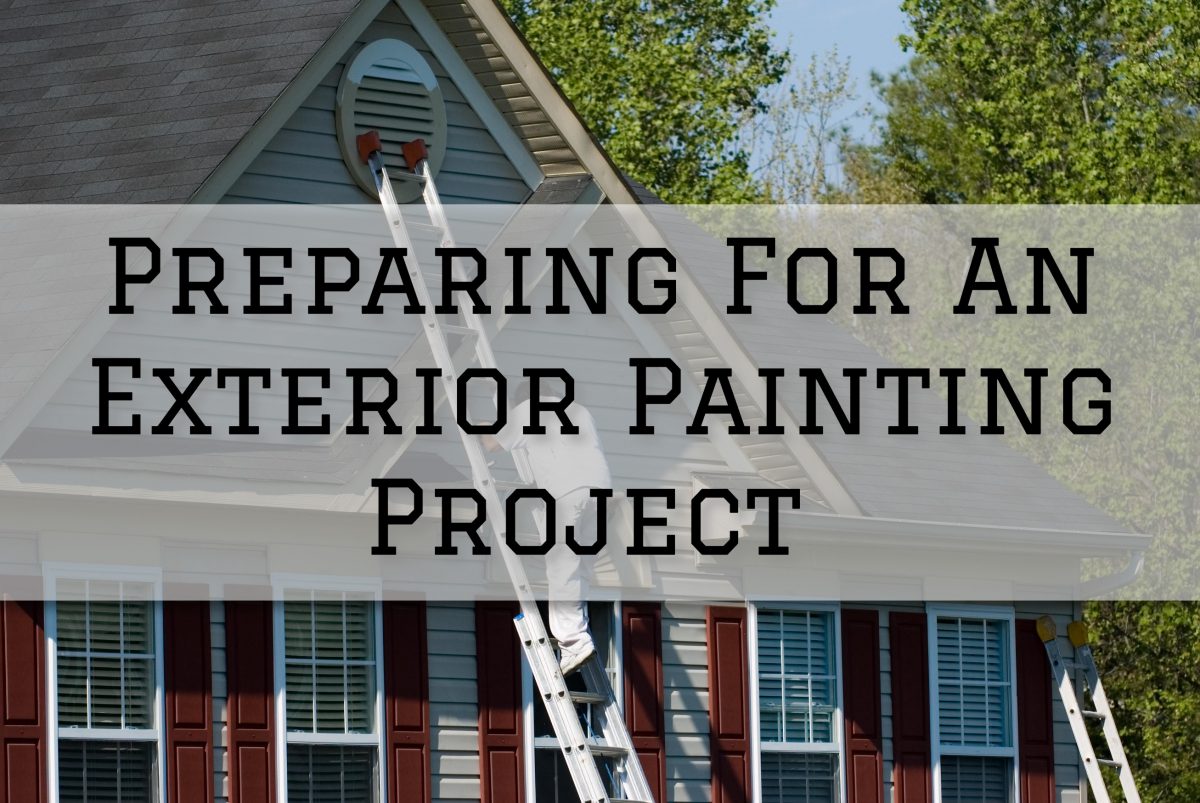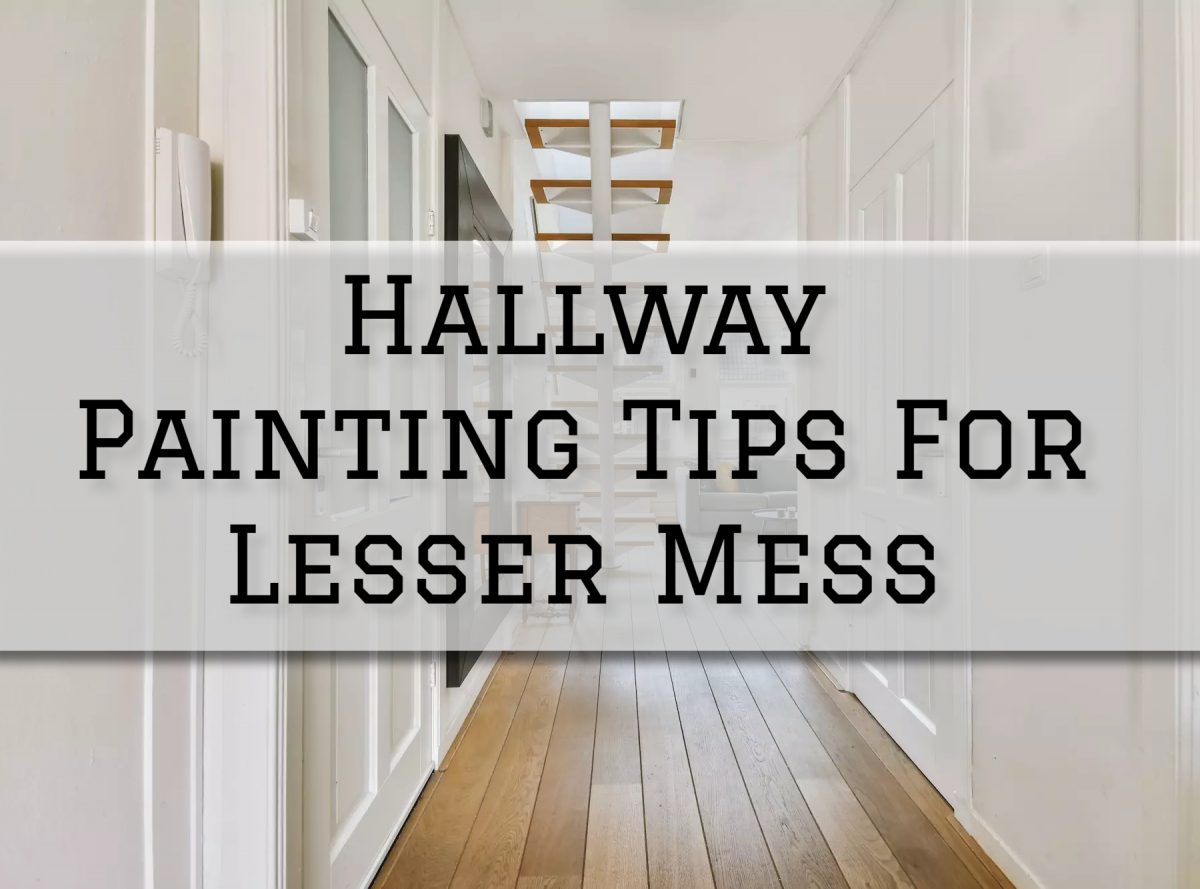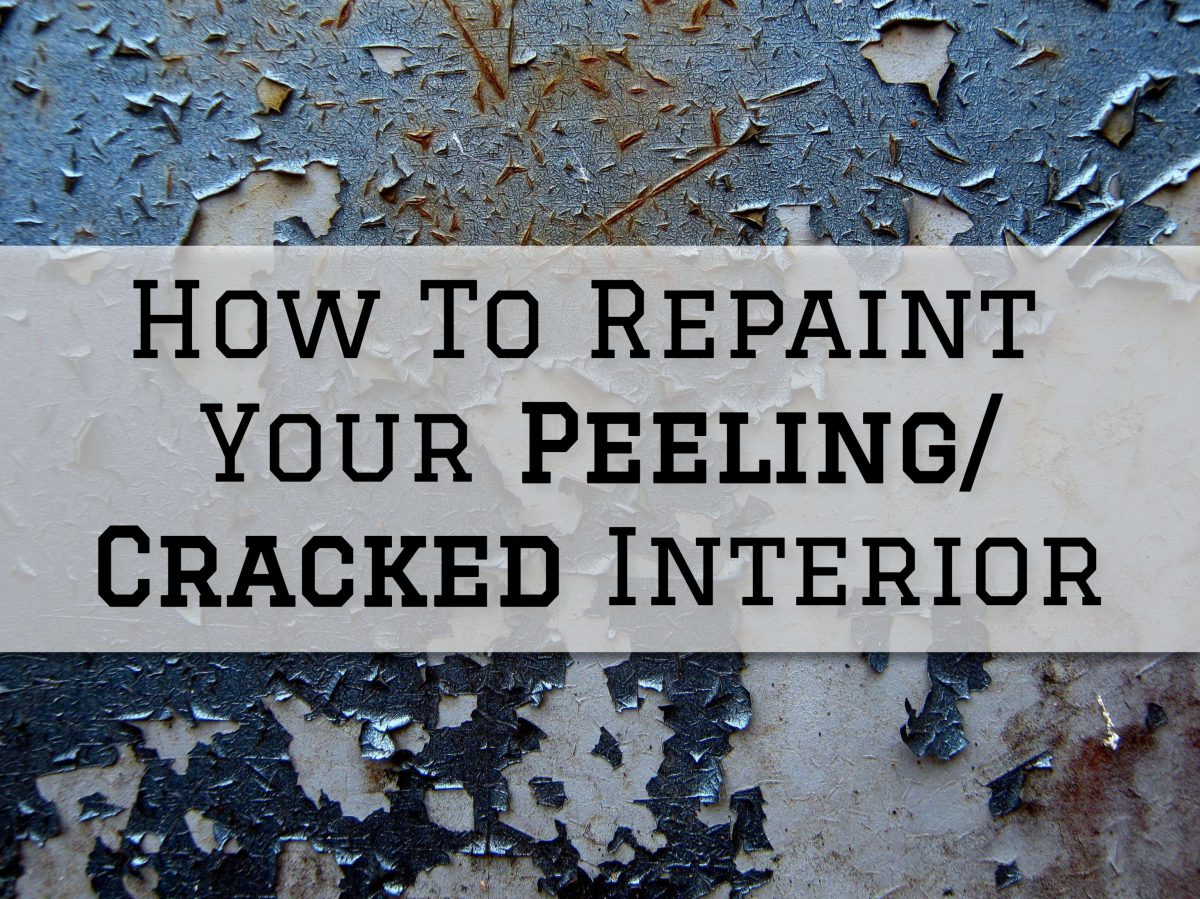Guide For Preparing To Paint Your Living Room in Richmond, MI
If you are looking for a way to refresh your living room space without spending too much on new things and the hassle of a full-blown renovation, doing a painting project will be your best bet.
Whether you’re looking to change the color scheme, cover up imperfections, or simply update the decor, a fresh coat of paint can work wonders.
So, if you are currently wondering how you can prepare for such a project, fret not – here’s a handy guide to assist you in your latest painting venture!
Without further ado, here’s a Guide For Preparing To Paint Your Living Room.
1. Choosing A Color Palette
To start your living room painting project, you will have to be certain first of exactly what you want to do for the project and choose a color palette to go with the project.
It is important to know that the color you choose will determine your living room’s appearance, and significantly impact the overall ambiance and feel of the space – so this choice is absolutely crucial!
To end up with the best choice, here are some factors to consider:
- Consider the Space: Think about the size and layout of your living room. Lighter colors can make a room feel more spacious, while darker shades can create a cozy and intimate atmosphere.
- Match Your Decor: Take into account your existing furniture, decor, and flooring. Your paint colors should complement and enhance your existing design elements.
- Test Swatches: Before committing to a color, buy sample paint pots and apply swatches to your walls. Observe how they look in different lighting conditions throughout the day to ensure you’re happy with your choice.
- Think About the Ceiling: Don’t forget to consider the color of your ceiling. Many homeowners opt for a lighter shade than the walls to make the room feel taller and more open.
2. Gather Your Painting Supplies
To help you apply the paint to your living room, you will have to gather your painting supplies and tools.
Making sure that you have acquired all the materials you need is an important factor in a smooth, hassle-free painting project.
Here is a list of items you might need:
- Paint: Purchase high-quality paint in the colors you’ve selected. Consider the finish (e.g., matte, eggshell, satin, or semi-gloss) that suits your living room’s needs and style.
- Paint Brushes and Rollers: Invest in a variety of brushes and rollers for different surfaces and details. A high-quality paintbrush can make a significant difference in achieving smooth, even coverage.
- Drop Cloths or Tarps: Cover your floors and furniture with drop cloths or plastic tarps to protect them from paint splatter and spills.
- Painter’s Tape: Use painter’s tape to mask off areas you don’t want to paint, such as trim, baseboards, and outlets.
- Paint Trays and Liners: Paint trays and disposable liners make the painting process more efficient and less messy.
- Paint Tray Liner Bags: These are handy for easy cleanup after you’ve finished painting.
- Paint Stirrer and Roller Tray: A paint stirrer ensures your paint is thoroughly mixed, and a roller tray makes it easier to load paint onto your roller.
- Sandpaper and Putty: Use sandpaper to smooth rough surfaces and putty to fill any holes or cracks in the walls.
- Extension Poles: These are useful for reaching high walls and ceilings without the need for a ladder.
3. Prepare the Room
Another important thing to do in preparation for your living room painting project would be to prepare your living room space for the project.
You can do this by clearing the room of any furniture, decorations, and any other items that might get in your way as you paint in the room.
You’ll also want to cover up necessary areas, such as your floors and living room fixtures, with drop cloths or plastic sheeting, to avoid getting mess such as paint drips and spills all over them.
This is an important process to undertake in preparing for your project to ensure little to no problems in your painting project, which will just cause further delay in your progress.
4. Prime the Walls
Lastly, just before you let your paintbrush touch your living room walls, make sure that you apply a coat of primer on your living room walls first.
Applying primer is an essential step in a painting project that is often overlooked, but this is the kind of mistake that would cost you later.
First, primer helps the paint adhere to the surface more effectively, ensuring better coverage and durability, and can hide stains, marks, and imperfections on the walls, creating a clean canvas for your paint.
More importantly, primer seals the walls, preventing them from soaking up too much paint, which can lead to uneven results.
If you need professional help with your interior painting project, Eason Painting can help.
Our home interior painting services are available in Washington Township, Rochester, Romeo, Shelby Township, Harrison Township, and Clinton Township, MI.
Call us today at 586-465-5081 for a FREE painting estimate.
Related: Signs That You Should Be Repainting Your Dining Room Cabinets in Washington, MI
Materials To Get For An Exterior Painting Project in Rochester, MI









